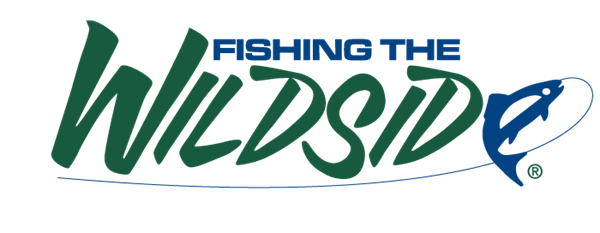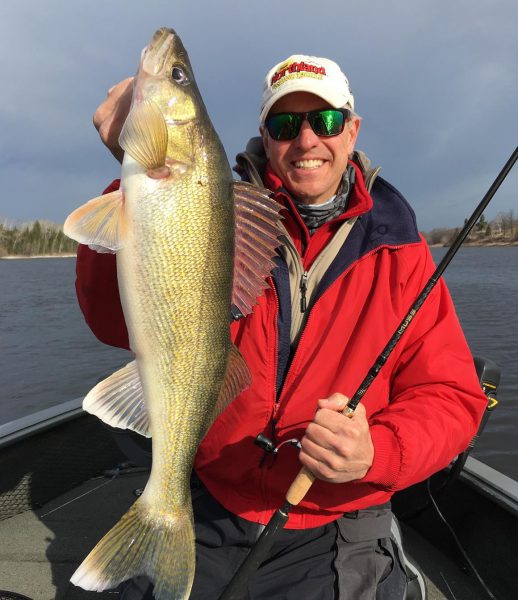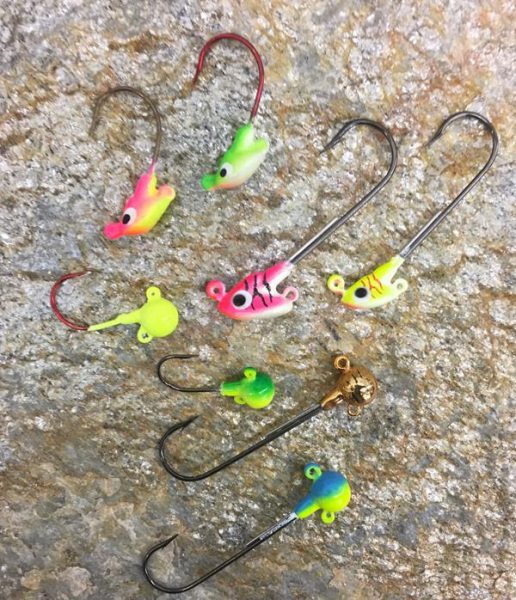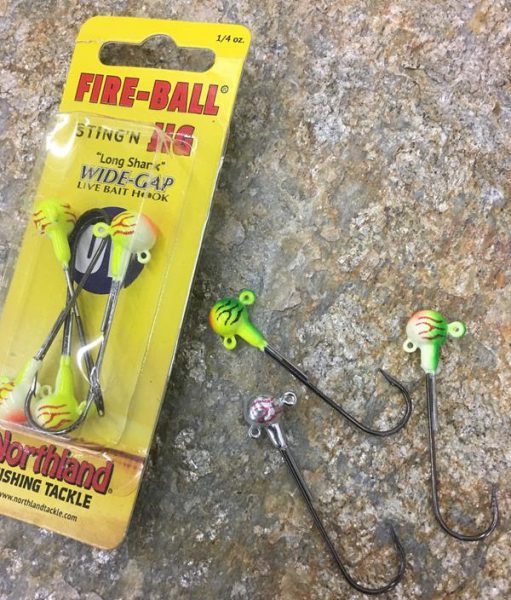Do The Early Season Walleye Dance
Category: article
May 18th, 2019 by Keith Worrall
Modified May 18th, 2019 at 11:19 AM

Do The Early Season Walleye Dance
By Chip Leer

Think early-season walleyes, and what else comes immediately to mind? Jigs, of course! Specifically, jig-and-minnow combinations you can make dance to whatever tune is playing that day, or even that hour.
I say this because jig fishing is a lot like dancing; you’re trying to make a personal one-on-one connection, only the ballroom is under water. Because its lead head and hook are one, you can place the lure and the attached minnow exactly where they need to be—and drop, drag, hop or swim them in whatever manner required to entice a big walleye to follow your lead.
In the early post-spawn season from New York to the Dakotas and beyond, high-percentage target areas are typically rocky or gravel shorelines, adjacent sand flats and hard-bottom zones in general. Walleyes can be scattered throughout these areas, usually in water 12 feet deep or shallower—which makes long-line wind-drifting or slow-trolling a perfect approach.

Top of photo: Stand Up Fire-Ball & Long Shank Fire-Ball Jigs. Short Shank Fire-Ball and Long Shank Fire-Ball Jigs on lower half.
My preferred set-up for this is a Northland Fire-Ball Jig because its short shank creates a seamless transition between “artificial” and “live” when you hook a shiner or fathead in the mouth and out the top of the head. Any fairly aggressive walleye interested enough in picking up the minnow is sure to get the barb, too.
Sometimes you need only to drag the bait across bottom to elicit strikes. Often, however, adding a subtle twitch, stronger hop or even a hard rip to the forward motion is necessary. The quick acceleration followed by a free-fall with the minnow streaming naturally behind the jig head can trigger a reaction strike from a lethargic walleye, or call in a more aggressive one from farther away.
Frustration sets in, though, when walleyes are less committed. When you can feel a fish pick up the shiner by its tail, but won’t go as far as the hook point. You make the set and reel up a minnow head hanging in the bend—or maybe a jig that’s stripped clean. And, yes, it can even happen during the spring flush.

Northland Tackle’s new Long Shank Fire-Ball Jigs
Northland unveiled a brand new version of the Fire-Ball for this year; the Long Shank Fire-Ball designed to turn short-biters into walleyes in the net. Push the point into the minnow’s mouth and out the gill, then slide the baitfish forward until its lips touch the jig head. Turn the hook and push the point up from underneath so it exits near the dorsal fin. Now the barb is back where those picky eaters tend to grab the minnow.
Over rocks and rubble I use the round-head version, letting out just enough line so the jig bumps a rock every now and again. Depending on drift-speed, you may have to go light or heavy; just so it maintains random bottom contact without falling down into the rocks.
How To Hook A Long Shank Fire-Ball Jig
Where vegetation has emerged from the bottom, tie on the new Stand-Up Long Shank Fire-Ball. It slides through the weeds cleanly, and holds the minnow more vertically where it’s more visible to the fish.
Absolutely, I am more than eager to fish the Long Shank Fire-Balls this spring. But you know what? This same scenario will occur again in the fall when the big girls move shallow and you need a big red tail or sucker to tempt them. Oh yeah! It’s going to be a great season.
Stamp Your License For More Walleyes

A Minnesota fishing organization is encouraging anglers to buy a state Walleye Stamp as well as a fishing license prior to the state’s fishing opener.
‘’Buying the $5 stamp is one way for walleye anglers to improve their own fishing success,’’ said Ron Schara, president of MN-FISH, a non-profit foundation organized last year.
Revenue from the Walleye Stamp goes to purchase walleyes from private hatcheries for stocking in state lakes. Currently the Minnesota Department of Natural Resources stocks walleyes in about 1,000 lakes that cover roughly 1 million acres. This effort costs more than $3 million a year. Anglers are not required to have the stamp to fish for walleyes. Purchase is voluntary. In recent years, stamp sales have raised less than $90,000.
John Peterson, of Bemidji and vice-president of MN-FISH said the increased sale of stamps could greatly expand the DNR’s stocking efforts.
MN-FISH Foundation and Coalition is a non-profit group organized by anglers to become a voice for anglers before the DNR and State Legislature regarding all things fishing. For more information look to www.MN-FISH.com